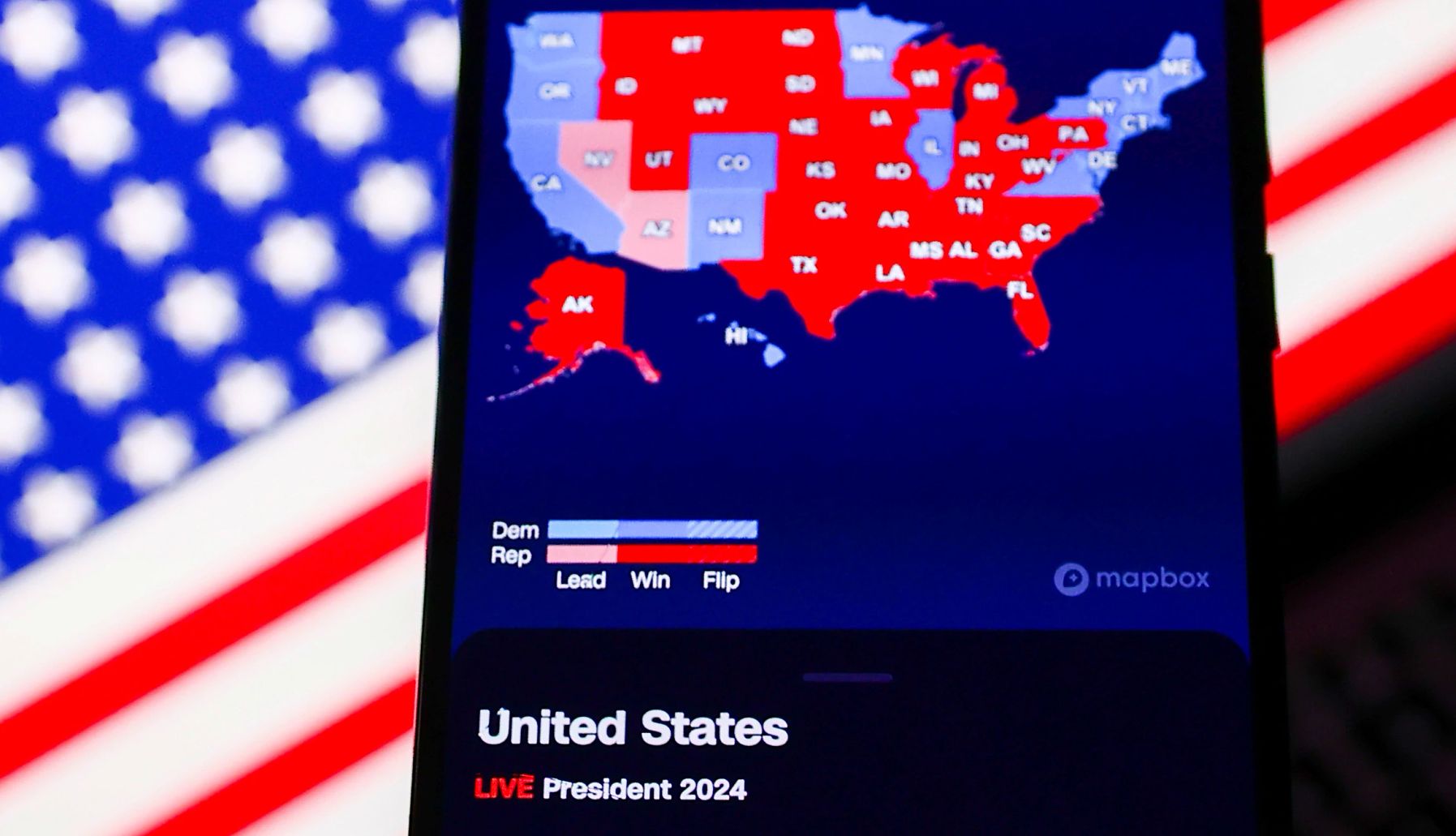AARP Hearing Center


President-elect Donald Trump has the power of older voters to thank for his victory in Tuesday’s election.
Voters 50-plus put their weight behind Republican Trump over Democratic Vice President Kamala Harris. These voters favored Trump over Harris, 52 to 47 percent, according to AP VoteCast.
They were also a majority of the electorate, though that number differs slightly depending on the source. AP VoteCast, which starts surveying voters a week before Election Day in order to capture early voters, reports that voters 50-plus constituted 52 percent of the electorate. Traditional exit polls, which survey people as they leave the polls on election day, put that number at 55 percent.
Middle-aged voters were especially influential in tilting the election to Trump. A commanding 56 percent of voters ages 50-64 cast ballots for Trump, with 43 percent voting for Harris, exit polls show. The candidates were tied at 49 percent among voters 65 and older. The two age groups together comprise well over half of the national electorate, meaning they provided the critical difference for the returning president-elect.
Trump improved his performance among voters among those 50 to 64 by 4 percentage points from his previous presidential run in 2020, exit polling shows.
“The older voters showed up,” says Republican pollster Bob Ward, a partner with Fabrizio Ward who teamed up with a Democratic counterpart to conduct AARP’s bipartisan preelection surveys this year. “It was big, and we didn’t see any surge of younger voters coming out in full force…. It’s the reason why Trump is now the president-elect.”
Making older voices count
Older Americans historically have been the most reliable voter group in a presidential election in recent history, according to data collected by the U.S. Census Bureau. Voters 65 and older have had the highest turnout of any age group going back to 1988; nearly 72 percent of them voted in 2020, according to the Census Bureau. The second oldest age cohort — those ages 45 to 64 — have had higher turnout rates than any young group, going back to 1964.































.jpg?crop=true&anchor=13,195&q=80&color=ffffffff&u=lywnjt&w=2008&h=1154)
































More From AARP
Older Voters Make Their Voices Heard
We asked what voters 50-plus were thinking when they cast their ballots
The Story Behind America’s Most Popular ‘I Voted’ Sticker
Meet the woman behind the iconic Election Day emblemOlder Voters Have a Growing Voice at the Polls
This group has a powerful influence, but it wasn’t always that wayRecommended for You